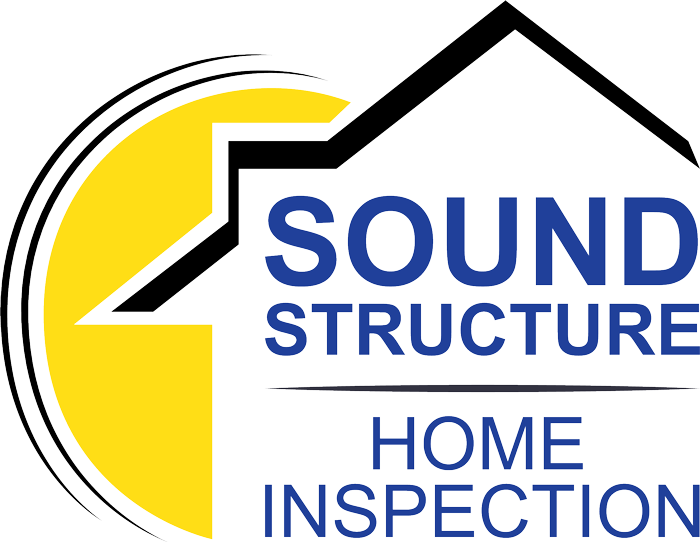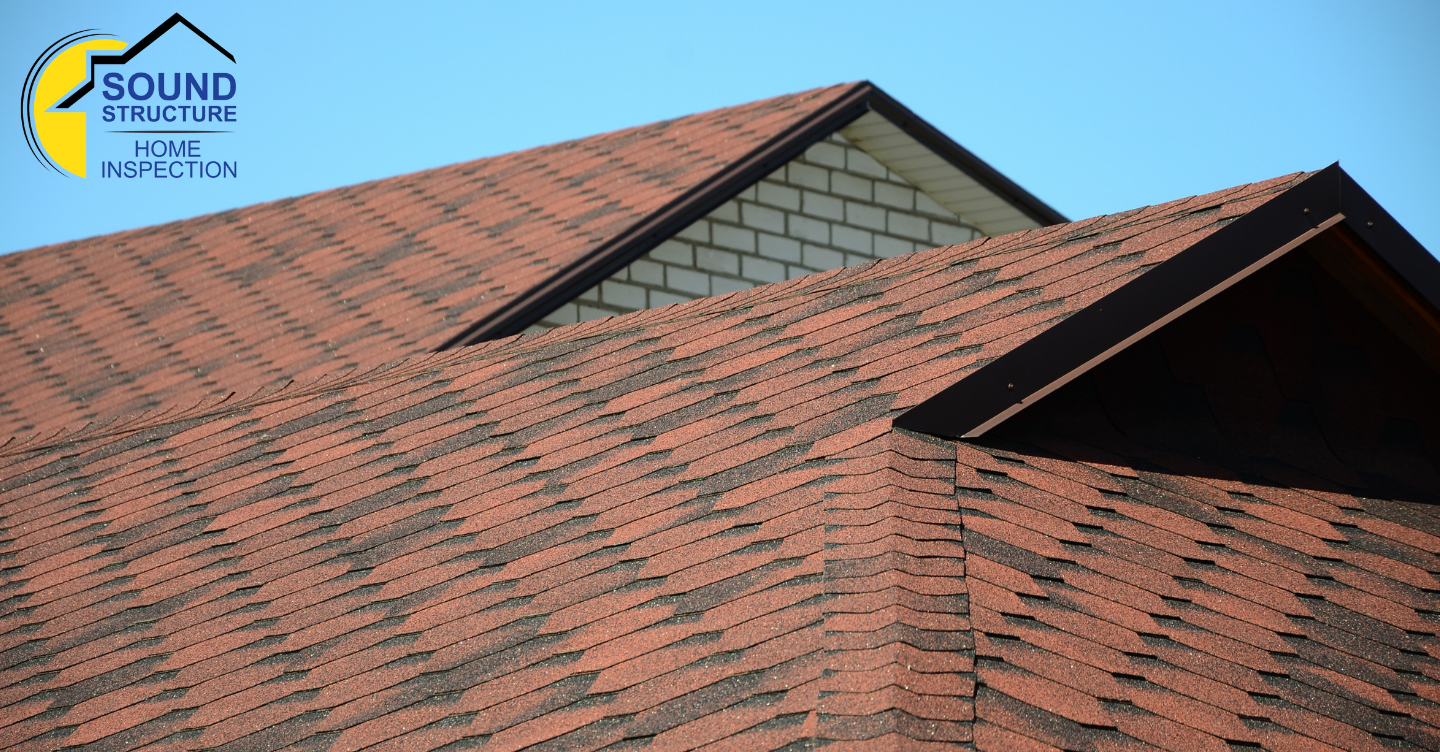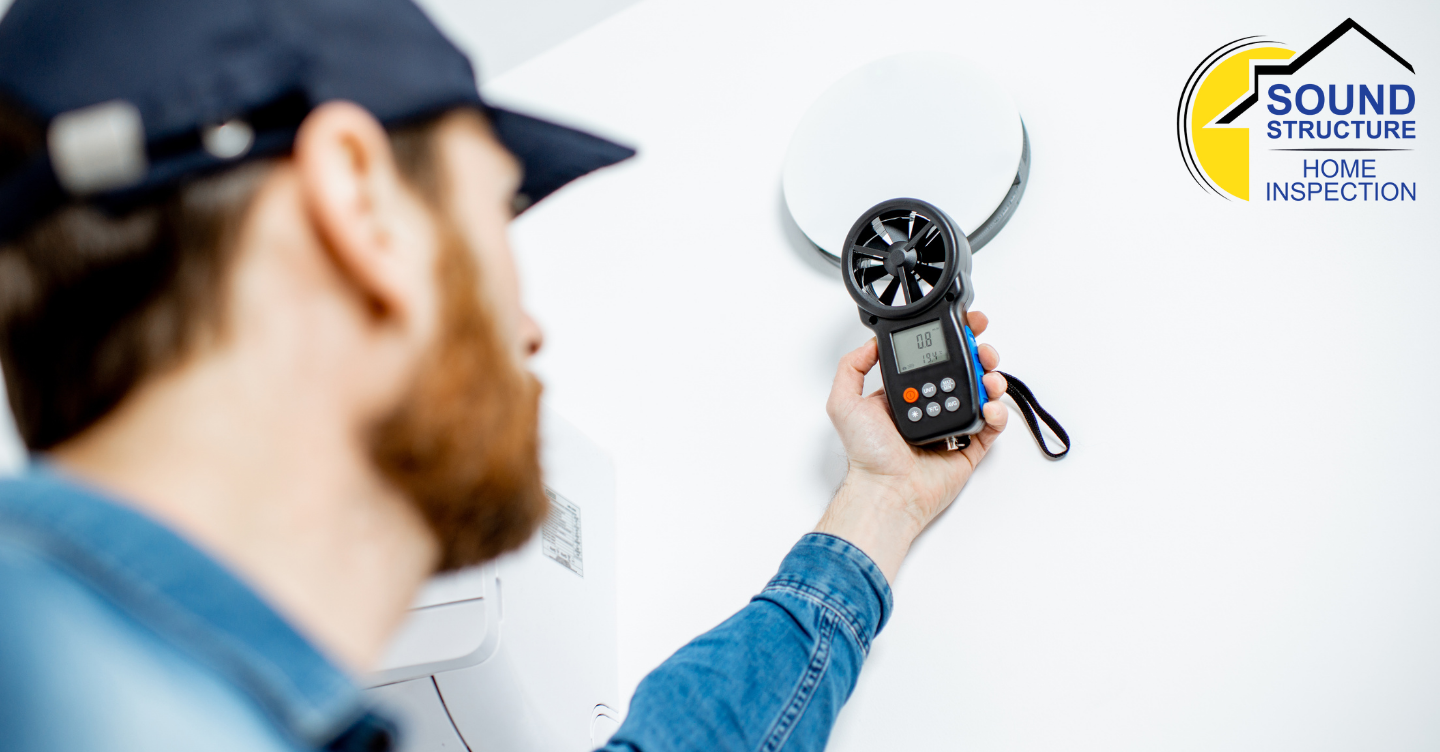Roof Inspection: What You Need to Know
A roof is one of the most integral parts of your home. It serves as the first line of defense against rain, snow, and extreme weather. Often, homeowners don’t think about issues with their roofs until a leak occurs. However, a leak could be a sign of more significant problems, ranging from mold growth to structural damage. Scheduling an inspection of your roof is important to prevent these issues. These inspections are also important for potential homebuyers so they can factor in needed repairs into the cost of a home. Here is everything you need to know about roof inspections.
How Often To Inspect
Before you schedule an inspection, it helps to know the frequency you should do so. Typically, experts recommend having an inspection done by a professional twice a year. You can do self-checks as well in between these visits to see if you notice any issues. In addition, you should schedule if you recently purchased a home and the roof hasn’t been inspected since installation. In terms of timing, the best times to have an inspection completed are during the spring and fall months. This helps ensure your roof is ready for the more extreme weather that arrives during the summer and winter.
Roof Inspection Benefits
Scheduling a roof inspection is beneficial to your home in numerous ways. To start, inspecting a roof detects leaks and small holes earlier, preventing the possibility of worse damage. Some inspectors also do tests to pinpoint specific problems and their causes. These include water grade testing, termite testing, and strength testing. In addition, inspectors look for potential hazards that may be on your roof. For example, if there is debris that can become a fire hazard, inspectors will clear this and notify you of any issue.
Another key benefit of a roof inspection involves the drainage system. If a roof is water-logged, it increases the chance of leaking as well as moisture penetration. By cleaning your roof regularly and scheduling inspections, objects that can clog your drains are cleared out. This ensures proper drainage. Inspectors will also inspect gutters to make sure they are clear and free from blockages.
What is Done During an Inspection
While it may vary depending on the inspector, a roof inspection typically involves four specific aspects. First, there is a structural inspection. This includes making sure the roof is structurally sound, with no uneven planes or sagging. They also inspect the gutters and fascia to make sure there are in working condition. For homes with masonry included, such as a chimney, they are checked for cracks and potential grout issues. The next area monitored is materials. Inspectors look for loose or missing shingles, as well as stains and missing fasteners. They will also check seals around vent pipes to make sure there are no gaps or deterioration.
Next, inspectors look at the roof’s interior. This means checking various elements for water stains or mold. These include interior ceilings and walls, plus your attic. Finally, there is workmanship. Inspectors look for anything that may cause damage in the future. They check for any flashing around roof penetrations, such as skylights, vent pipes, and chimneys.
Inspection Styles
In recent years, the number of ways roof inspections are done has increased. Traditional physical inspections, where someone climbs the roof, are the simplest type. From a cost standpoint, physical inspections are usually the least expensive option. However, there are also drone inspections for when it’s too dangerous to physically be on the roof. For these, a drone flies around the house, recording images and videos. There are also infrared inspections. They are typically the most expensive compared to other methods. With these inspections, infrared technology is used to look for damage that is otherwise invisible to the naked eye, such as cracks and leaks.
Having a roof inspection done is something that homeowners and potential home buyers should consider. It is a great way to know about potential issues with your roof and prevent them from leading to significant damage.



